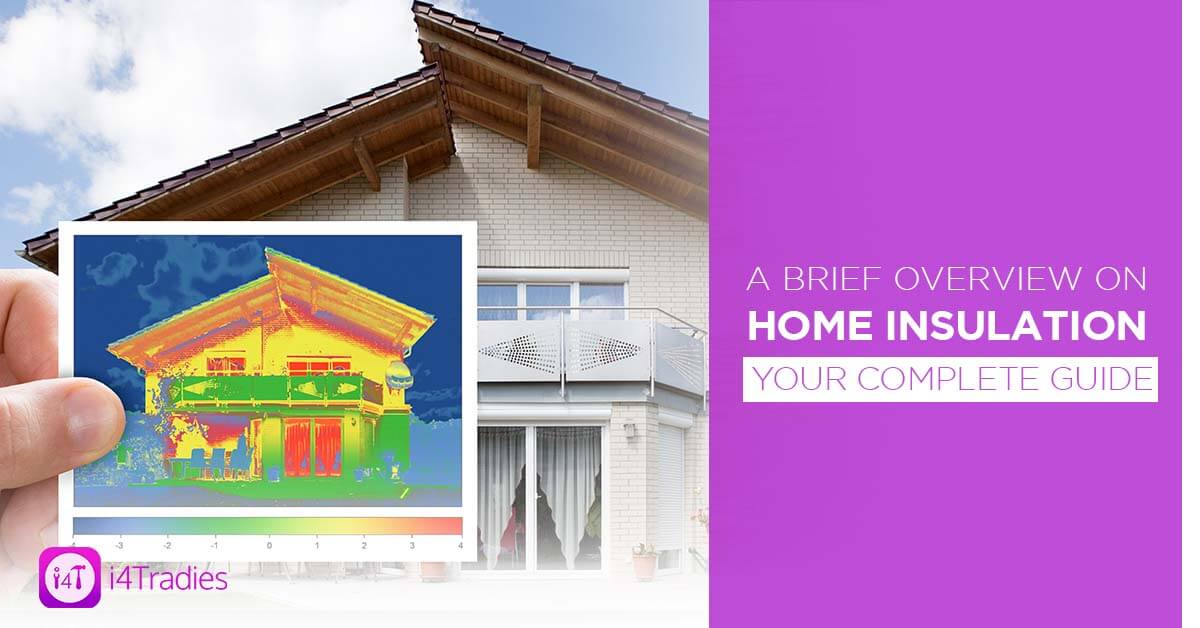We sometimes experience burning summers in Australia, and there can be times when the winter feels colder than in Europe and America. Home insulation helps to overcome this issue by minimizing and preventing the flow of heat/cold into your home. This will keep you cool during the summer and cozy during the winter.
As you know, the world is adopting more energy-efficient practices in day-to-day life. Home insulation is one method that helps make your house more energy-efficient. A professionally insulated house can help to cut down the energy consumption on heating the house during winter and cooling during the summer.
If you are looking forward to insulating your house, this article is for you. This article will give you a brief overview of home insulation so that you can learn more about it.
Why should you insulate your home?
Home insulation will not only help to keep you comfortable in the summer and winter but will also help to reduce your energy bills.
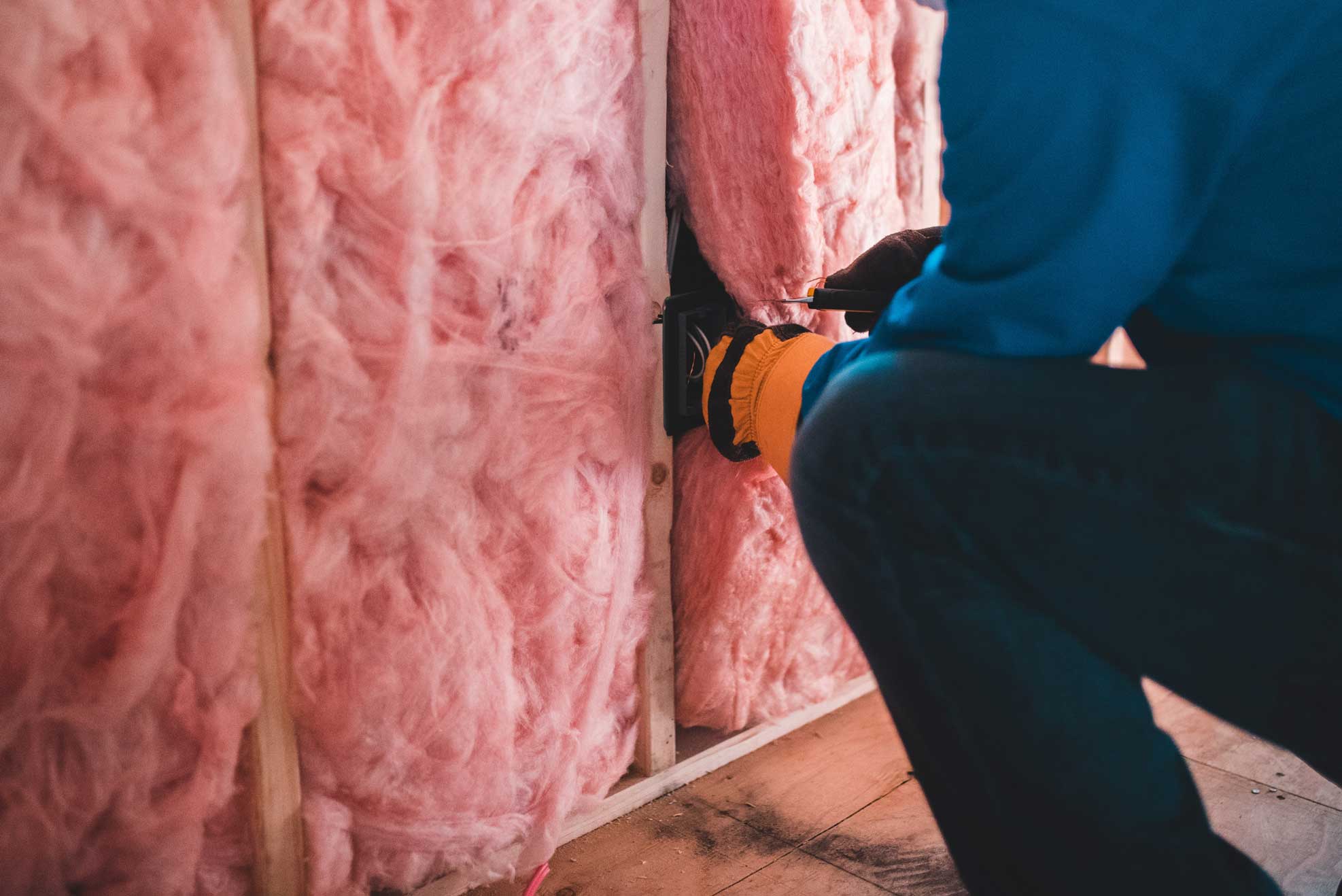
Depending on the climate zone you reside in, the heating/cooling system could account for 20% to 50% of energy in Australian homes. Therefore the best way to reduce this energy consumption is to insulate your home correctly. This will help to reduce your electricity bill and save some dollars.
Further, this will also help to reduce your carbon footprint. If your home consumes less energy, you are helping the environment by releasing less carbon. You should also keep in mind that professional home insulation will increase your house’s market value.
Will home insulation make my house hotter during summer
It will not make the house hotter during the summer.
The purpose of insulating the home is to increase the resistance of the house to the flow of heat. Insulation will reduce the heat from penetrating the house.
As a result, less heat will flow into the house during the summer, making the inside cooler than the outside. Further, insulation will keep the conditioned air trapped inside the house giving you a cool feeling.
However, insulation must be done correctly to achieve maximum results. You should select the most suitable insulation materials and the insulation system to get the best results. These conditions depend on the climatic condition of your residential area and the build of your house.
If this is not done correctly and professionally, your house could absorb and trap more heat inside, making the house hotter.
How to check whether your home already has enough insulation
Does the current insulation at your home work for you and your family? If this is the case, there is no point in spending more money to insulate your house anymore. However, most of the time, this is not the case. Unfortunately, most Australian houses are not insulated properly.
There are a couple of things that you could consider to check whether your house is adequately insulated.
- Was your house insulated before 2010?
Insulation efficiency, technology, and practices have improved significantly since 2010. Therefore, if your house was insulated before 2010, then better insulation methods exist today.
- Was your house built before 2000
Most of the houses which were built before 2000 had no wall insulations. Therefore 15-20% of the conditioned air in the house escapes through the wall.
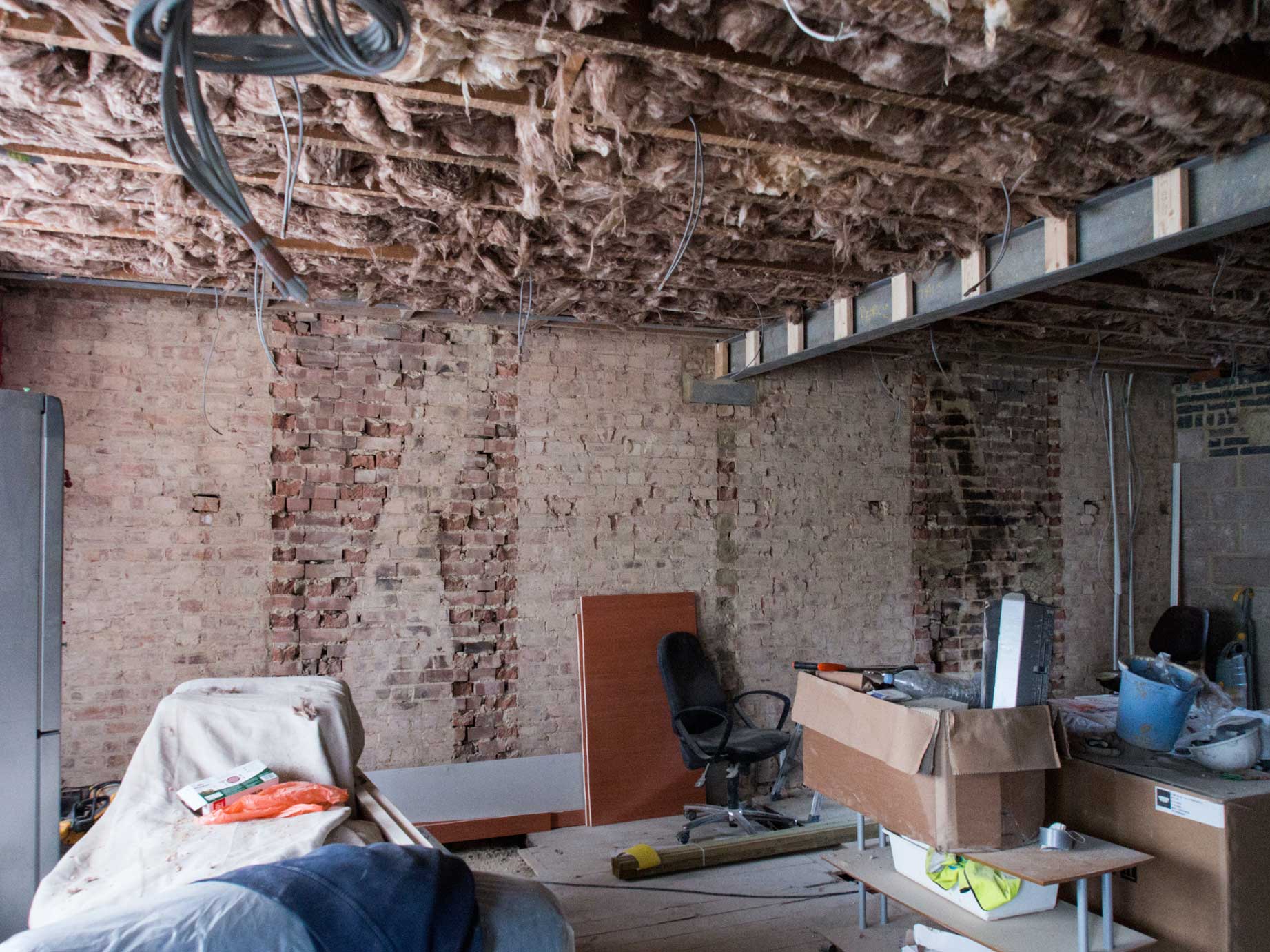
- Check the insulation system
You should check your house’s walls, ceiling, and floorboards and watch out for any leakages in the insulation system. Even a tiny leakage could lead to a significant loss of heat and energy.
It would be better if you could hire a professional for the job. Their experience and expertise will help to identify whether the current insulation is adequate or not.
How much insulation does your house need?
The amount of insulation your house needs mainly depends on the climatic zone in which you reside. This amount is measured by the R-value, which is the amount of resistance to the flow of heat.
It ranges from 1.5 to 7. Generally, a higher R-value suggests higher insulation. However, a higher R-value is not always beneficial. While more insulation could improve your home’s energy efficiency, its effectiveness diminishes after the ideal level of insulation. Therefore spending more money on insulation after it has already reached the ideal level is pointless.
The Building Code of Australia has specified a minimum amount of insulation required. However, the actual level of insulation required for your home would depend on other factors such as the external color of the house, the building material used, etc., apart from your climatic zone.
Therefore getting professional help is ideal for finding the exact insulation level required for your house.
Where should you insulate the most in your house?
You should insulate your house properly from roof to foundation for optimum heat efficiency. Accordingly, there are mainly three areas which you should focus on.

The ceiling is the primary place that amounts to 25-35% of heat losses. Most ceilings can be insulated with layers of dense material (batts) such as sheep’s wool, polyester, and fiberglass wool (with or without the reflective foil to reflect the sun’s heat).
Around 15-25% of the heat will escape through the uninsulated walls. It’s crucial to insulate the external walls to prevent this heat loss. However, it wouldn’t hurt to insulate the internal walls too. The walls are also insulated by placing batts to the wall cavities or blow-in insulation.
The flooring amounts to 10-20% of heat losses. If you have space under the floor, you could insulate with polyester batts or polystyrene boards. However, if there is no space under the floor, don’t worry about insulating the floor.
Read more: Yourhome
Is home insulation worth your money?
Yes, insulating your house would be worth it. It is better when compared to an uninsulated house. Here’s why:
- Warmer and cozier house during the winter without extra heating costs.
- Up to 10 degrees cooler home in summer without air conditioning.
- 40-50% reduction of average annual cooling and heating costs.
- Reduced carbon footprint since 70% less energy is used for heating and cooling.
- You can get the full payback for your investment in 5-6 years
- The improved respiratory health.
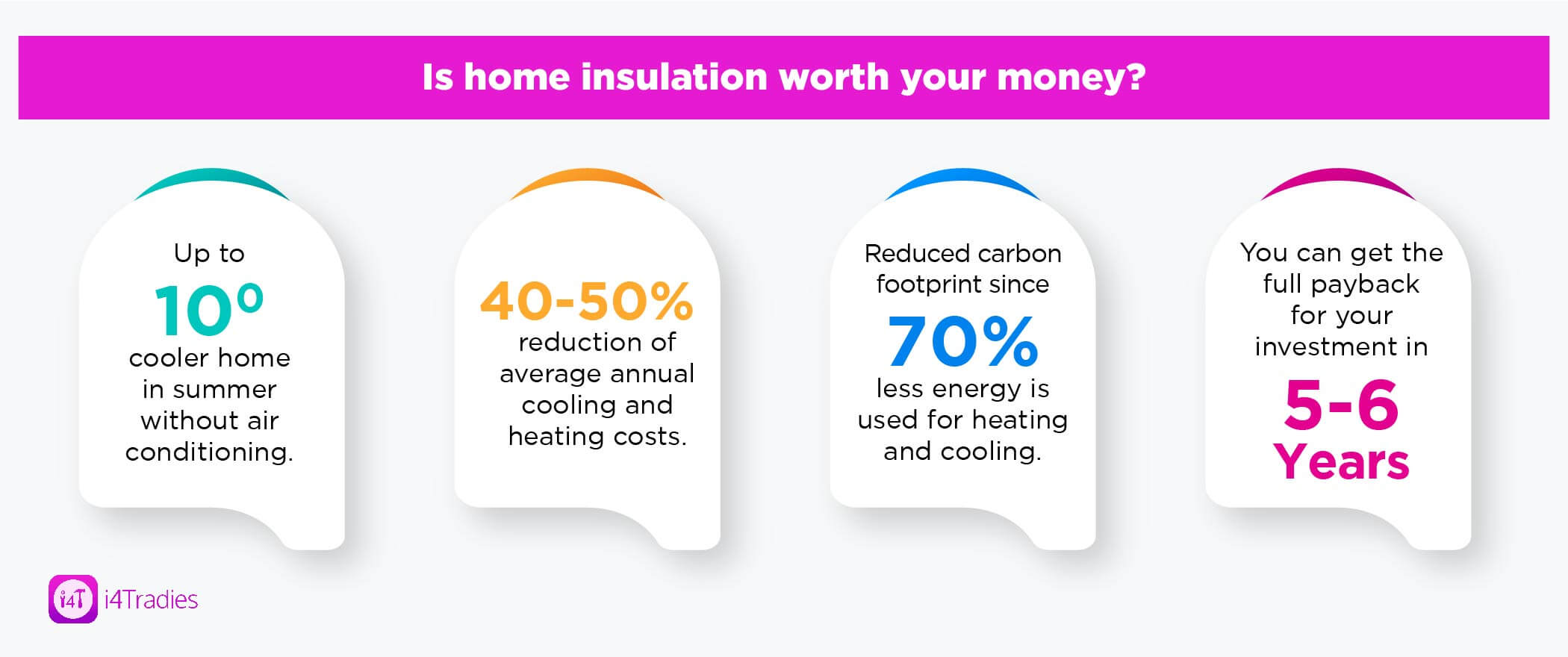
These facts and figures were obtained from the Insulation Council of Australia and New Zealand.
How much would the home insulation cost
The average insulation cost will depend on your house’s size and build. Following are the average costs of insulations for a typical Australian 120 sq meter house which was obtained from the Australian Energy Foundation. These values are rough estimates and could change from time to time, depending on the economic conditions.
Ceiling insulation: $1600 to $4000
Wall insulation: $2850 to $7000
Floor insulation: $2900 to $3500
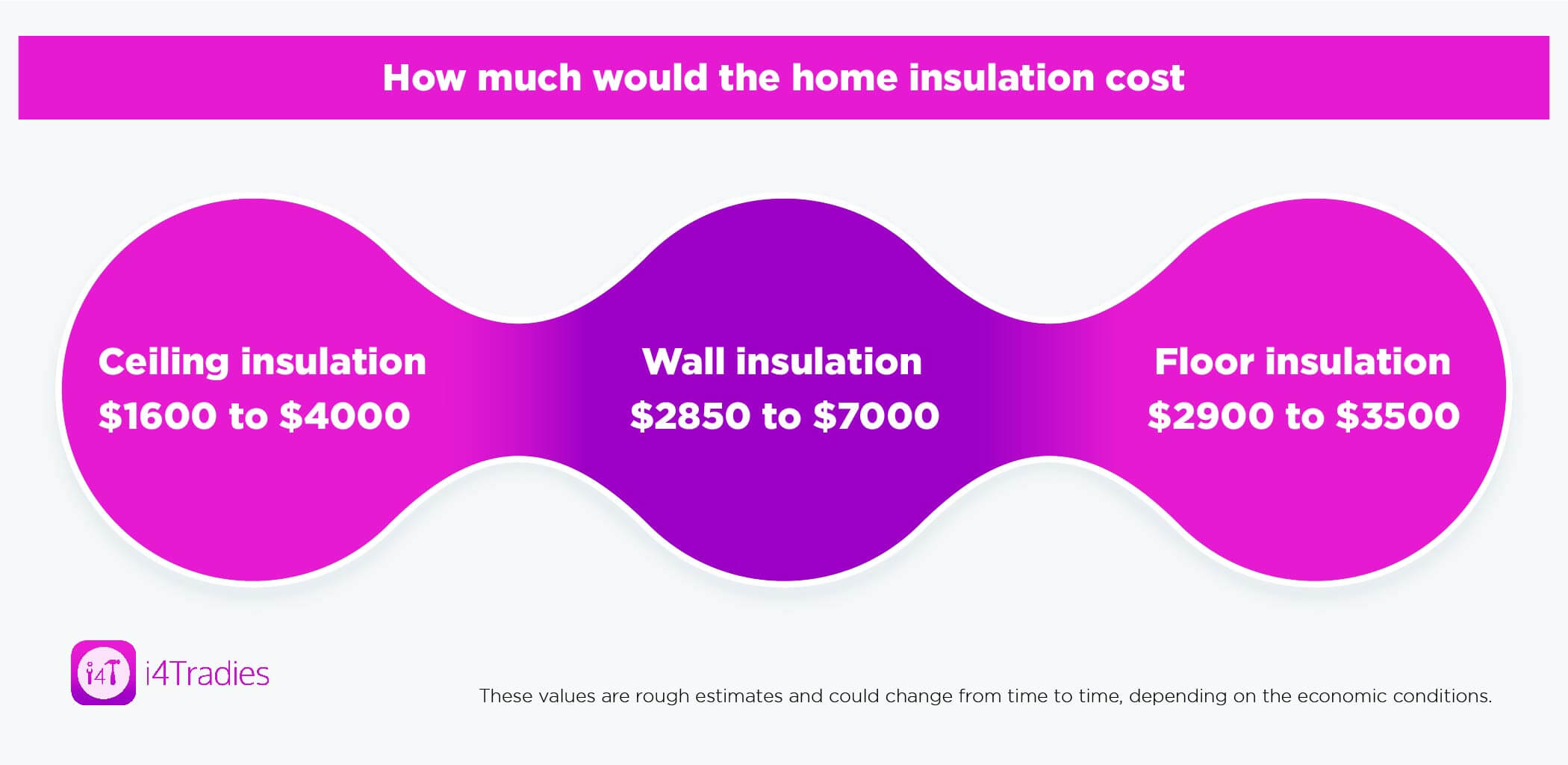
If the above costs exceed your budget, try to get the ceiling insulated at least. Especially since the ceiling is the major place that accounts for the highest heat loss.
Can you add to the home's existing insulation?
Absolutely yes. No need to throw away effective insulation with minor flaws. You can add another layer of new insulation on top of the damaged layers of the old insulation.
How to find a reliable home insulation installer
You can insulate your home by yourself. However, as said before, the insulation must be precise and flawless to be effective. Therefore it is for the best if you seek professional help.
When selecting an installer, ensure that they provide a clear quotation and warranties and use transparent sales tactics. Check their online reviews to find out what the previous customers had to say about them. Further, check the quality of the insulation material they use.

